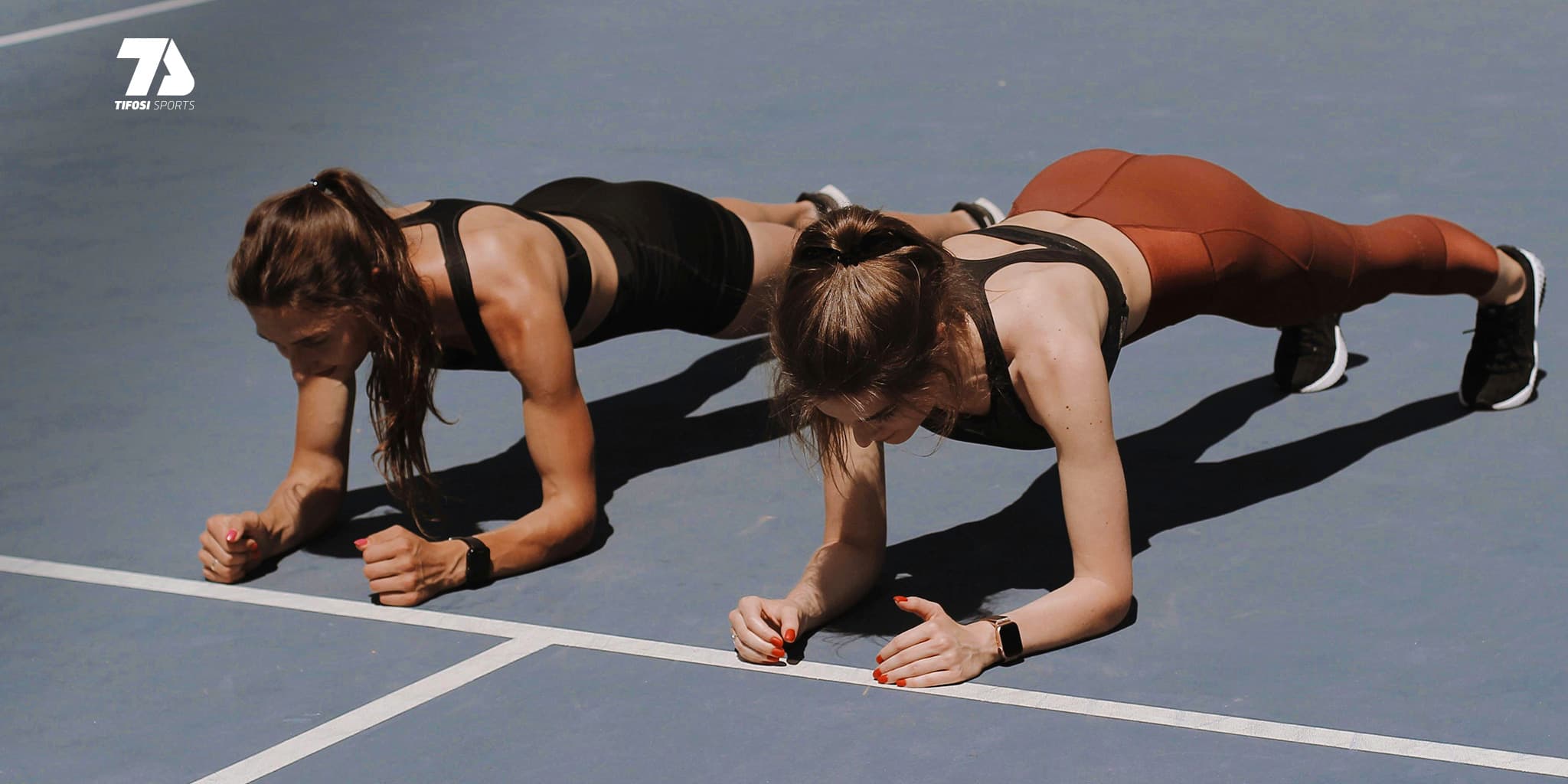Core Strength for Runners: The Secret Weapon You’re Probably Ignoring
Core Exercises for Runners (Why They Matter)
If you're a runner, chances are you focus most of your training on logging miles, perfecting your stride, and maybe squeezing in some strength training for your legs. But here's the thing – your core is just as important as your legs when it comes to running efficiency, injury prevention, and overall performance. A strong core helps you maintain form when fatigue sets in, keeps your movements efficient, and even reduces the risk of common running injuries.
Why Core Strength Matters (For Runners)
Your core isn't just about six-pack abs; it includes all the muscles in your midsection – your abs, obliques, lower back, and even your glutes. This muscle group is responsible for stabilising your body, absorbing impact, and keeping you upright and efficient as you run. When your core is weak, your form collapses, leading to wasted energy, slower times, and increased risk of injuries like IT band syndrome and lower back pain.
A strong core means better posture, improved breathing, and more control over your movements. It also allows for better energy transfer between your upper and lower body, making every stride more powerful and efficient.
Running with a weak core is like driving a car with a wobbly suspension. Sure, you'll get to your destination, but the ride will be rough, inefficient, and eventually something will break down.
The Best Core Exercises (For Runners)
Forget endless crunches – running requires a functional core that supports movement, not just aesthetics. Here are top exercises to keep you running strong and injury-free:
1. Planks
Planks engage your entire core, from shoulders to lower back, and help develop endurance for long runs.
- Get into a forearm plank position, keeping your body in a straight line.
- Engage your core and hold for 30–60 seconds.
- Make it harder by lifting one leg or arm.
2. Russian Twists
Strengthens your obliques for better trail stability and balance.
- Sit, lean back slightly, and lift your feet.
- Holding a weight or ball, twist your torso side to side.
- Aim for 20 reps (10 each side).
3. Dead Bug
Improves coordination and strengthens deep core muscles for spinal stability.
- Lie on your back, arms up, knees at 90 degrees.
- Lower opposite arm and leg towards the floor.
- Return and switch sides. 10 reps per side.
4. Bicycle Crunches
Mimics running’s torso twist and builds rotational strength.
- Lie down and raise your knees to 90 degrees.
- Twist one elbow to opposite knee, extend other leg.
- Switch sides in a pedalling motion. 30 reps.
5. Glute Bridges
Strong glutes protect against IT band issues and knee pain.
- Lie on your back, knees bent.
- Push through heels and lift hips.
- Squeeze glutes at top, then lower. 15 reps.
How Often Should You Train Core?
Just 10–15 minutes of focused core work, 3–4 times per week, can transform your running. Add it post-run or on rest days.
Running Shoes and Core Stability
A strong core is key, but the right running shoes are your foundation. Poor footwear throws off alignment, making your core work overtime to stabilise.
Shoes like the On Cloudrunner 2 provide ideal support and cushioning, keeping your stride aligned. Get yours from Tifosi Sports for long-term running health.
Final Thoughts
Your core is your powerhouse. Keep it strong and you’ll run faster, longer, and with fewer injuries. Add these exercises to your routine and match them with the best On Cloud running shoes for your needs. Now go do those planks!
Disclaimer: This blog is for informational purposes only and does not constitute medical advice. Always consult with a healthcare professional before starting any new exercise programme.




Share:
Cadence: Your Key to Smoother, Faster, Injury-Free Running
How Sleep Impacts Running: Why Rest Equals Results